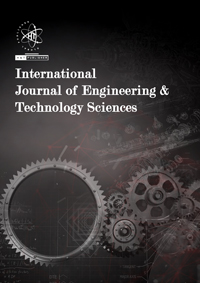


Authors
Diabetes is one of the main causes of foot health related diseases and suitable footwear plays a crucial role in foot health condition. Forefoot offloading shoes (FOS) are commonly used for treatment of plantar ulcers in diabetic foot. In this study, technical improvements of these shoes are primarily influenced by the optimisation of the transferred vibration energy during foot/ground interactions. The shoe considered as a body segment in the whole body vibration analysis. The aim of this study was to determine the optimal spring/damper coefficients of a vibration model of FOS from Lucro Schein Company (Code-Nr.322147) in order to minimize the total absorption of vibration energy of the human body during gait. Genetic algorithms were implemented to obtain the solution of optimisation problem because of its high speed of calculation and accuracy based fitness. Speed of calculation plays a critical issue in footwear industry. The model can suitably simulate the role of mechanical characteristics of footwear in the absorption of vibration energy during gait. Obtained optimised vibratory coefficients of two different regions of shoe, which have been determined by Genetic Algorithms, indicates that mechanical properties, namely stiffness and damping characteristics of each part of the diabetic shoe should be specified separately. The results indicate the necessity of adopting dissimilar materials or different production techniques for different parts of the sole.